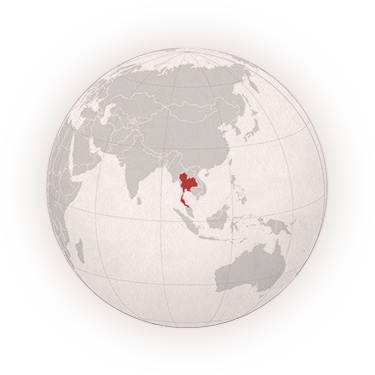
Thailand
If you order tea in Thailand, you will get a strong black or red tea, which will contain extra star anise, red or yellow dye and often also other spices. It is served chilled with ice and flavored with condensed milk and sugar.

If you order tea in Thailand, you will get a strong black or red tea, which will contain extra star anise, red or yellow dye and often also other spices. It is served chilled with ice and flavored with condensed milk and sugar.
Tea is prepared from the leaves of some species of bush of the genus Camellia. It is an evergreen shrub or tree that grows to a height of 15 meters in nature. However, it is maintained on plantations only up to a height of one meter. As a result, tea leaves are harvested more comfortably and the harvest is larger. It is harvested several times per year, in tropical areas up to 30 times per year. The tea plant thrives mainly at higher altitudes - there is a smaller harvest, but the tea has much better quality. The tea plant is grown in one place for 40 to 100 years and the first leaves can be harvested 5 years after planting. Harvests are still done manually, with a few exceptions.
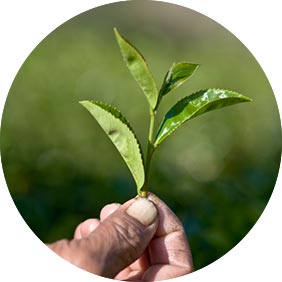

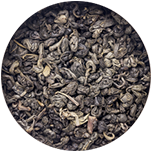
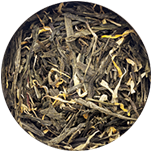
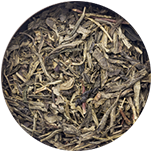
According to the legend, it happened thanks to the progressive emperor Shen-Nung. During his reign, it was ordered to boil all water for hygienic reasons. Rumour has it that the emperor and his aides were on the road once, boiling water for refreshment at a short stop. However, some leaves fell into the cauldron and the water turned brown. Everyone liked the drink, and the emperor ordered that unknown plant to be taken to the imperial court and examined.
In the Mandarin and Cantonese dialects, tea is pronounced as „ccha“. In the Min dialect of the important port of Sian-men, the word „te“ is used to describe tea - hence the name in English, German and other languages.
It was written by a great tea connoisseur, the Chinese writer Lu Yu, and the book is called Ch'a Ching, or the Tea Classic.
Drinking of tea was brought to Japan by Buddhist monks who studied in China.
The consignment traveled for many months from China via Java to the Netherlands. There, drinking of tea soon became fashionable among the rich and spread to other European countries.